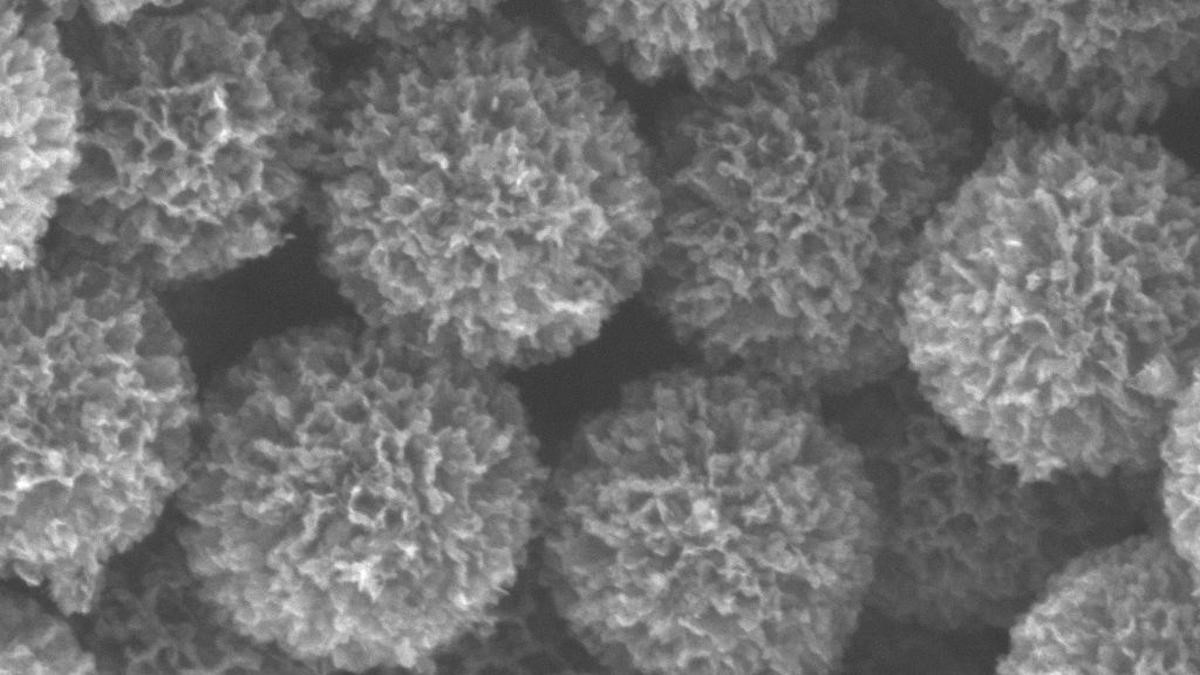Free Courses Sale ends Soon, Get It Now


Free Courses Sale ends Soon, Get It Now



Disclaimer: Copyright infringement not intended.
Context
Details
Synthesis Process
Unique Properties
Applications and Implications
Commercialization and Future Prospects
Introduction to Carbon Nanoflorets
Synthesis Methods of Carbon Nanoflorets
Structural and Physical Properties of Carbon Nanoflorets
Applications of Carbon Nanoflorets
Conclusion
Carbon nanoflorets represent a promising class of carbon nanostructures with remarkable properties and diverse potential applications across various fields. With continued research and development, addressing current challenges and exploring new avenues, CNFs hold the potential to revolutionize numerous technological and industrial sectors, contributing to advancements in energy, healthcare, and environmental sustainability.
|
PRACTICE QUESTION Q. Discuss the potential applications and significance of carbon nanoflorets in the context of sustainable energy and environmental remediation. Examine their unique properties that contribute to efficient light-to-heat conversion. (250 Words) |
© 2024 iasgyan. All right reserved